- Joined
- Jun 25, 2016
- Messages
- 688
- Reaction score
- 783
- Can others edit my Photos
- Photos OK to edit
Ok, thanks.. I am trying to figure out how to achieve this look. Paulina Duczman (@paulinaduczman) • Instagram photos and videos i used frequency separation on the first one and that got me pretty close. I'm not sure how she does it but it's gotta be frequency separation, or noise reduction with a round of sharpening. I have tried but just never get it nailed down. I know it's a look that some don't like but I love it and would love to create pictures like this of my children. If you have any thoughts on how this look is done, I would LOVE to hear them.under-eye work= removal/smoothing/lessening of naturally-occurring under the eye creases or bags.
Her photography is so SO amazing.. some look like a painting. I need to take the time and get the color palette of the image worked out and plan accordingly. Clothes, backdrop and props.
Color is a big part of the images
Anyway, thanks.
And I wanted to come back and show you some more from another photographer that I really admire his work with color and just his style. I want my Images to be that good.
Log into Facebook | Facebook
Last edited:


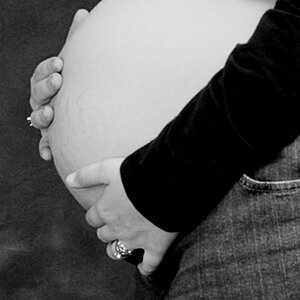
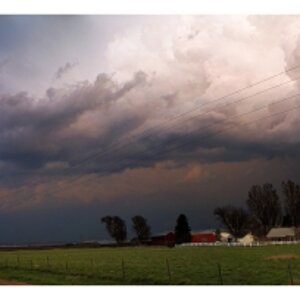
![[No title]](/data/xfmg/thumbnail/41/41896-54547e935773393100a20b8d9819f5bd.jpg?1619739935)
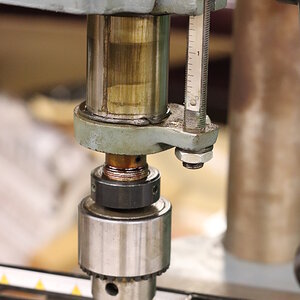

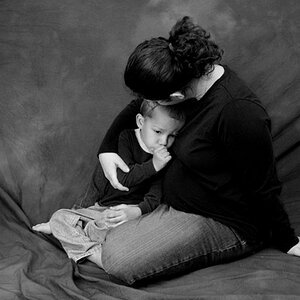
![[No title]](/data/xfmg/thumbnail/35/35264-5ade32b7036391926536661aeb7491c3.jpg?1619736969)
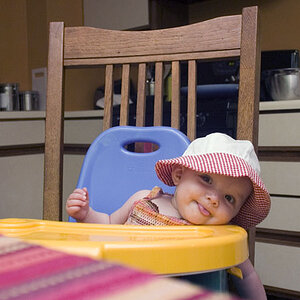
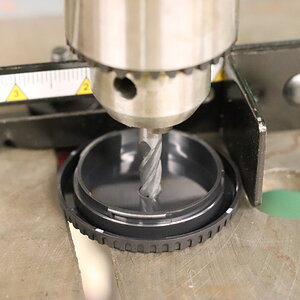

![[No title]](/data/xfmg/thumbnail/41/41892-d6f91fd1c816420825658ffaad56df78.jpg?1619739934)
![[No title]](/data/xfmg/thumbnail/35/35263-86f580cf5d28d23109a45984030a79ad.jpg?1619736968)